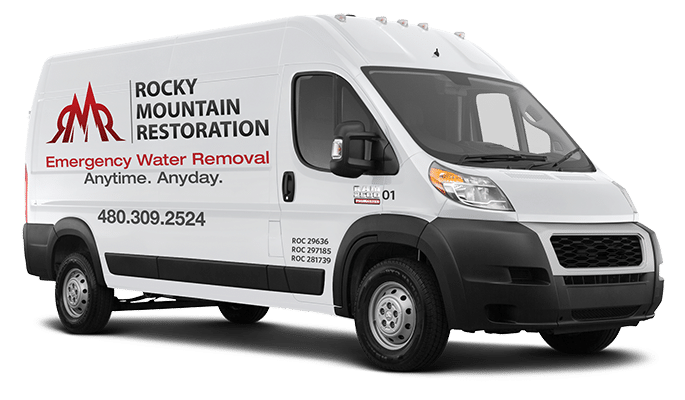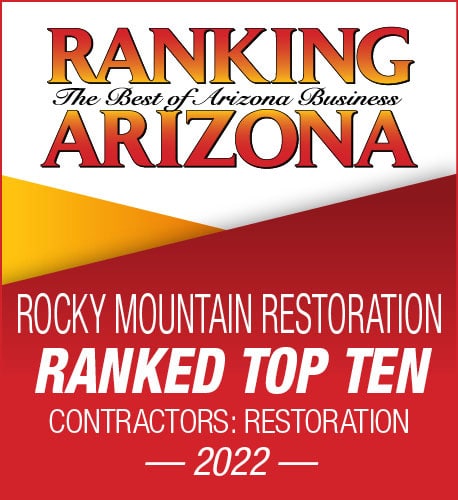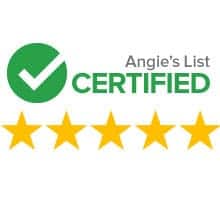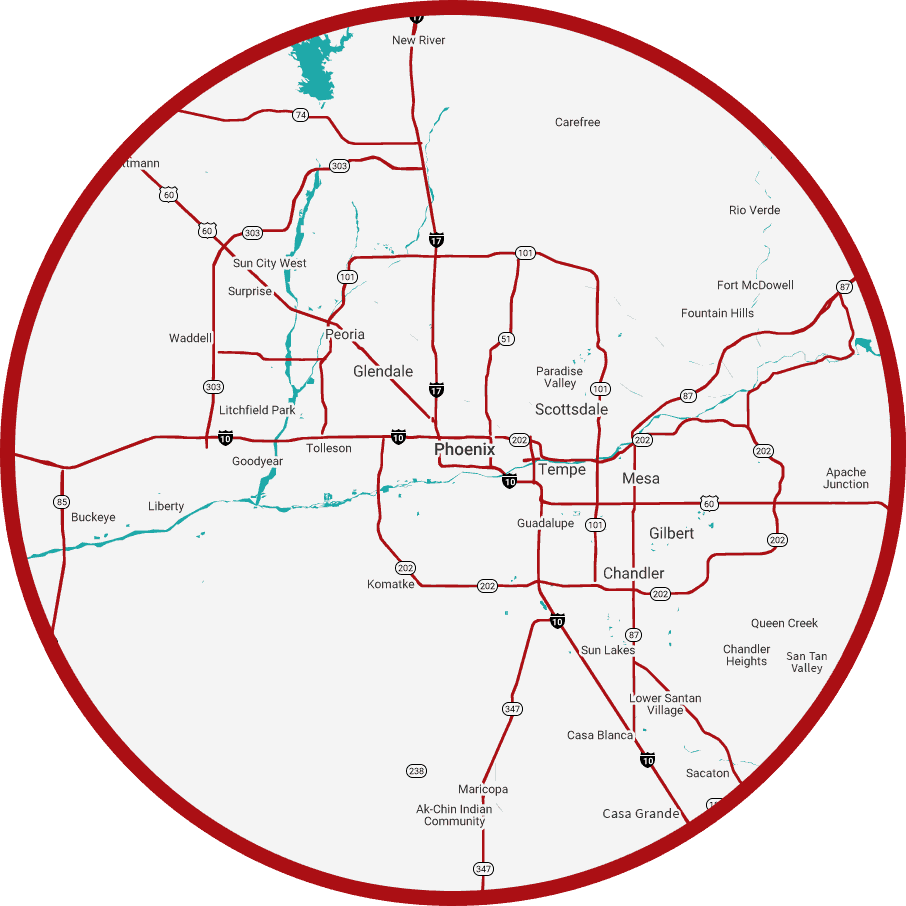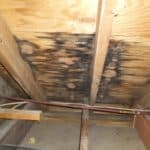
The best way to make sure that you’re not caught off guard is to perform an inspection of your roof, and to keep an eye out for any of the telltale signs that you’ve got a leak. As with any work done on the roof, an inspection should only be done when the weather permits. Be sure to stay safe if you do go onto your roof, and to make sure that there aren’t any potential hazards, such as loose shingles or tiles, or even a wet roof.
Here are some signs that you may have a problem:
- Broken shingles, or missing shingles.
What it means: Shingles can be broken due to changes in the weather, high winds, or hail. Any shingle that’s missing is a weak link in the armor of your home, and could result in serious
- Any mold, or moss on the roof.
What it means: Excessive moisture is present where it shouldn’t be. Moss, lichen, and mold could all mean that there’s growth actually occurring beneath the shingles themselves, which means that there may be mold damage in the sub-roof. This could mean that there’s damage to the structure of the roof, as moss and other growths will rot the wood and lead to problems with integrity. Clearing it off is only the first step; you’ll need to remove a few shingles to determine the extent of growth, and then respond accordingly. If the damage is too extensive for you to handle on your own, call a professional instead of just patching it over and hoping for the best. - Mold on carpeting.

The simple signs listed above are just a few of many that tell you that you may be dealing with a leaking roof, but a visual inspection of the roof itself will be the most certain way of determining whether you have any serious water damage. If in doubt, many roofing contractors offer inspections free of charge. It’s always better to be safe rather than sorry, especially when it comes to your roof.
